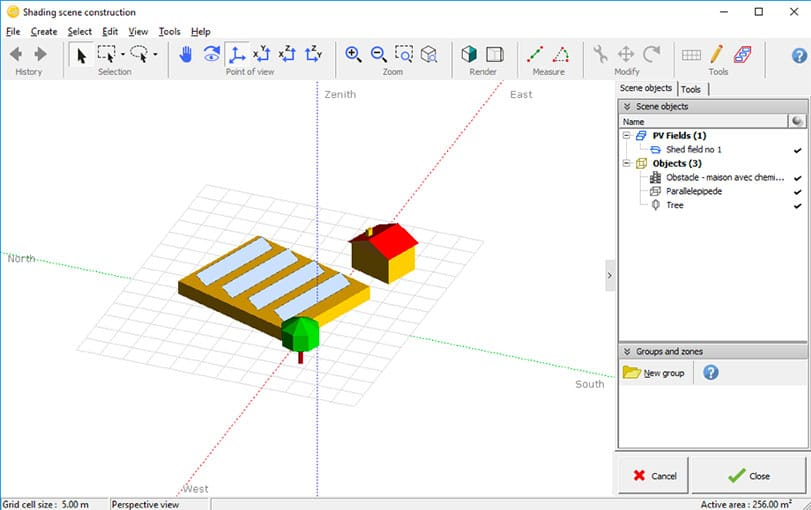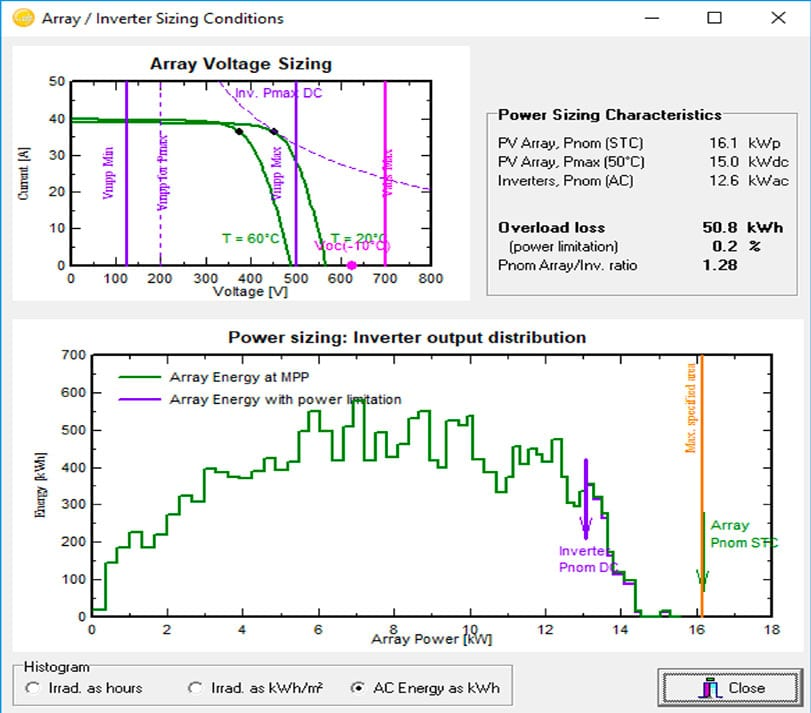Does switching to solar energy helps my budget better?
The off-grid solar system is employed in the places where grid power is not available hence solar panels are utilized to produce energy for a variety of applications such as off-grid home residence, solar vacation homes, remote telecommunication projects, agriculture and etc. In an off-grid system, the electrical energy is stored in batteries, and it provides energy when a consumer is plugged to the system. In such applications since there is no grid connectivity, the only option is the power supplied by the solar off-grid system. Along with Inverters and Charge controllers, batteries are one of the high-cost components of the off-grid solar systems. Generally, Lead-acid batteries come with lower costs comparing to other technologies. Li-ion and NaS batteries are the second and third expensive batteries after lead-acid. NaS batteries are mainly commercialized for larger capacities; hence the promising technology for most of the common solar systems is Li-ion. Different types of batteries in solar systems are discussed in this article.
However, in on-grid applications, one can easily compare the energy costs provided by the grid and the cost of energy provided by the on-grid solar system. Solar energy can be considered as a long-term investment for many applications. On-grid solar systems might look expensive at first, but this option can save a lot of money. Solar energy equipment is durable and would preserve their performance efficiency for a long time.
In the case of on-grid systems, the economic property of solar systems should be investigated by the calculation of electricity price in different locations which the climate condition for solar energy production and the application are important factors to employ the solar systems. As mentioned before, solar systems are cost-efficient for a long period and can be considered as a proper investment to produce electricity. Considering the United States, the overall price for electricity production in different states and also the amount of saving for a 20-years period is demonstrated in the following table. This table can prove the cost-efficiency of solar systems in long-term periods.
| State | Average price (6kW solar system) | Average electricity rate per state ($/kWh) | 20-year savings |
| California | $13,566 | 0.1877 | $49,424 |
| Colorado | $13,314 | 0.1202 | $14,216 |
| Florida | $10,584 | 0.1247 | $17,976 |
| Massachusetts | $13,818 | 0.1936 | $30,523 |
| New York | $14,154 | 0.1781 | $26,637 |
| Texas | $12,390 | 0.1140 | $13,720 |
| Washington | $11,802 | 0.0973 | $10,483 |
Based on the geographical conditions on the earth and the grid electricity costs, the weather will decide the solar systems that help their budget or not. Different software is employed to simulate and calculate the solar energy available within a specific geographical location among which PVsyst (available at https://www.pvsyst.com) can be applied for both off-grid and on-grid solar systems.


